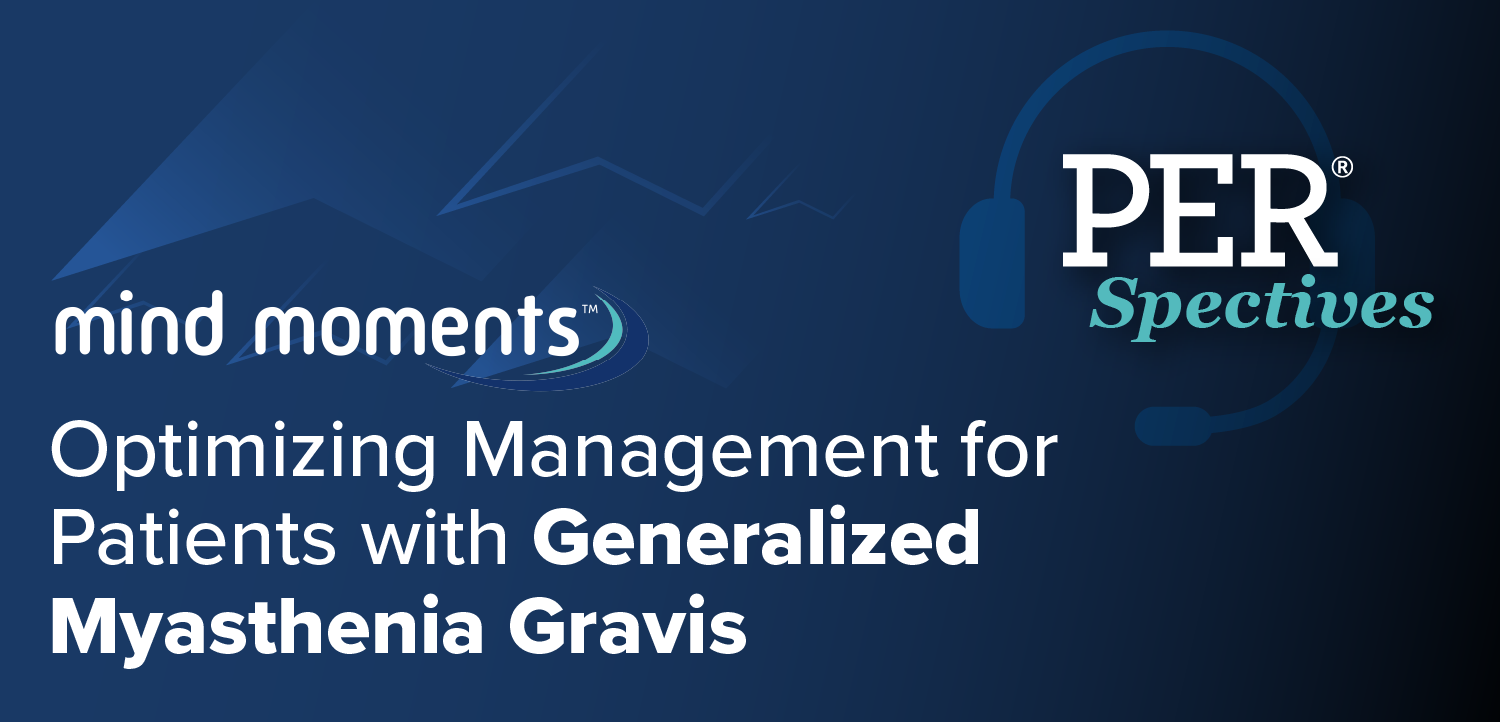
Phase 4 Trial to Test Transition From IVIg to Efgartigimod in Chronic Inflammatory Demyelinating Polyneuropathy
Key Takeaways
- The trial explores transitioning CIDP patients from IVIg to efgartigimod, focusing on safety and efficacy without disease worsening.
- Efgartigimod, an FcRn blocker, was approved for CIDP in 2024, following its success in treating myasthenia gravis.
Investigators explore a phase 4 trial transitioning CIDP patients from IVIg to efgartigimod, aiming to enhance treatment safety and efficacy.
At the
Efgartigimod, originally approved for myasthenia gravis, became the first and only neonatal Fc receptor (FcRn) blocker approved for the treatment of CIDP in 2024. In the phase 3 ADHERE trial (NCT04281472)–the study used for its expanded indication–participants underwent a washout period during which they were required to show disease worsening before initiation of treatment with efgartigimod. Through this new trial, which began recruitment in Q4 2024, investigators will look to better understand how to safely transition from IVIg to efgartigimod without requiring disease worsening.
Led by Yessar Hussain, MD, an assistant professor at the Dell Medical School, University of Texas at Austin, the phase 4 study tests efgartigimod PH20 SC, a coformulated version of the medication, 1 week after patients’ last IVIg infusion. The study lasts 12 weeks, with a 4-week safety follow-up, using proportion of patients still receiving efgartigimod PH20 SC at the end of the 12-week period as the primary end point. Other secondary end points include patient-reported outcomes and treatment satisfaction, as well as safety and tolerability.
The study is expected to include 25 patients with CIDP, aged at least 18 years, who were being treated with IVIg (0.5-2.0 g/kg) every 3-6 weeks, on a stable dose and dosing interval for at least 3 doses at the time of screening. For patients receiving oral corticosteroids, treatment must have been at a dosage of no more than 20 mg/day at a stable dose for at least 1 month before screening. Notably, nonsteroidal immunosuppressive therapy is allowed if received at a stable dose for at least 3 months before screening.
READ MORE:
In terms of exclusions, those with medical conditions interfering with CIDP assessment will not be allowed to participate. In addition, those with a history of malignancy, myelopathy, or evidence of central demyelination, will also be excluded. Furthermore, the study does not allow those who were on anti-CD20 or anti-CD19 antibody within the 6 months before screening, as well as monoclonal antibodies, plasma exchange, or live-attenuated vaccine within 4 weeks of screening.
The one-week interval for the study was chosen to balance efficacy and safety: delaying longer may risk disease worsening, while switching too early could diminish the perceived benefit of IVIg or lead to unnecessary IVIg use. Since total IgG levels peak shortly after infusion and decline by about 50% within 2–4 days, it's assumed that pathogenic IgG follows a similar trajectory. Preclinical studies also showed efgartigimod effectively reduced IgG when given three days post-IVIg.2
In the previously completed ADHERE study, patients treated with efgartigimod PH20 SC had a 61% attenuated risk in relapse relative to placebo (P = .00039), with a safety profile that was consistent with previous studies. Considered the largest clinical trial of CIDP to date, ADHERE consisted of a run-in period where current treatment was stopped followed by an open-label Stage A, after which responders to the treatment advanced to a randomized, placebo-controlled Stage B.3
In Stage A, 67% of the 322-patient cohort demonstrated evidence of clinical improvement (ECI) after the run-in withdrawal period based on the Inflammatory Neuropathy Cause and Treatment (INCAT) Disability Score, the Inflammatory Rasch-built Overall Disability Scale I (I-RODS) or grip strength. Following Stage A, 221 responders proceeded to Stage B, where the primary end point was the relative risk of relapse based on time to relapse on the INCAT Disability Score. Not only was the primary end point met, but the study revealed that patients on active treatment had a low relapse rate than placebo at week 24 (26% vs 54%) and week 48 (34% vs 60%).
REFERENCES
1. Hussain Y, Guptill J, Beauchamp J, et al. Intravenous Immunoglobulin to Efgartigimod in Chronic Inflammatory Demyelinating Polyneuropathy: A Phase 4 Study in Progress. Presented at: 2025 PNS Annual Meeting; May 17-20. Abstract 328.
2. Hussain Y, Guptill J, Beauchamp J, et al. Transition From Intravenous Immunoglobulin to Efgartigimod PH20 SC in Participants With Chronic Inflammatory Demyelinating Polyneuropathy: A Phase 4 Study in Progress. Presented at: 2025 AAN Annual Meeting.
3. Argenx reports positive topline data from ADHERE study of Vyvgart Hytrulo in patients with chronic inflammatory demyelinating polyneuropathy. News release. Argenx. July 17, 2023. Accessed May 22, 2025. https://www.globenewswire.com/news-release/2023/07/17/2705309/0/en/argenx-Reports-Positive-Topline-Data-from-ADHERE-Study-of-VYVGART-Hytrulo-in-Patients-with-Chronic-Inflammatory-Demyelinating-Polyneuropathy.html
Newsletter
Keep your finger on the pulse of neurology—subscribe to NeurologyLive for expert interviews, new data, and breakthrough treatment updates.




































